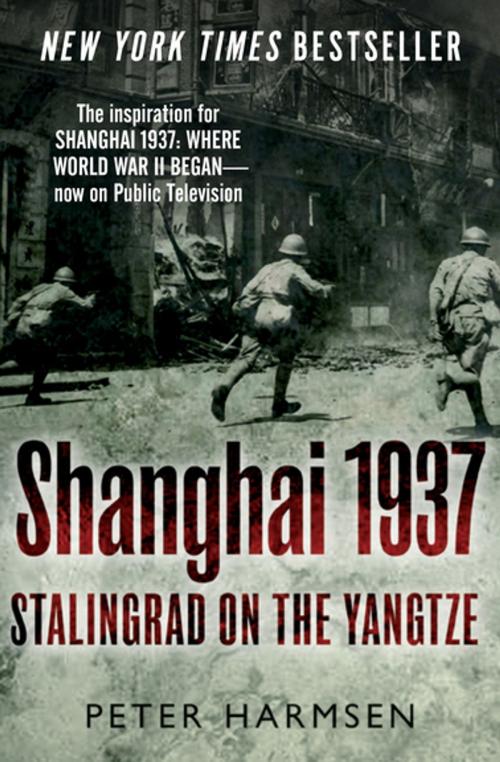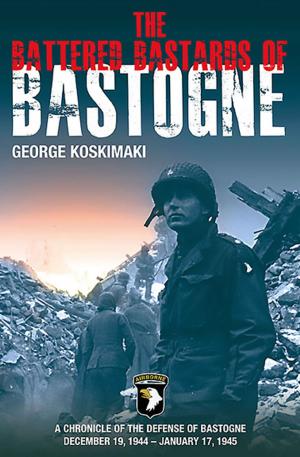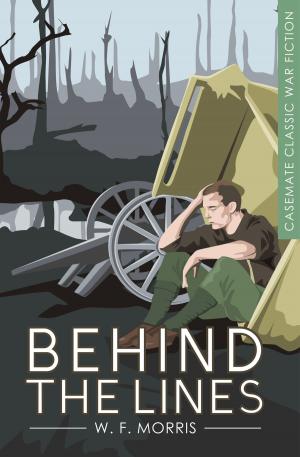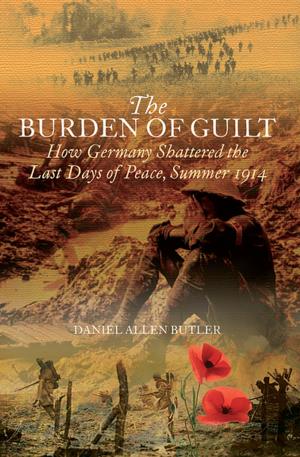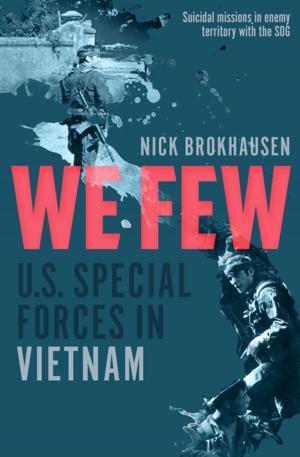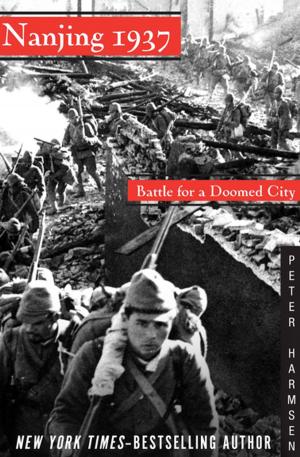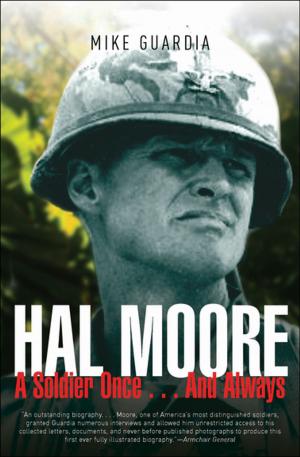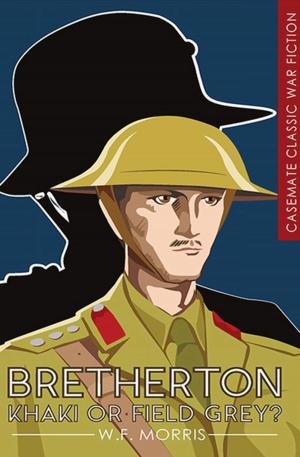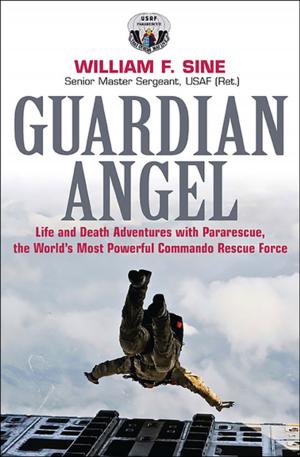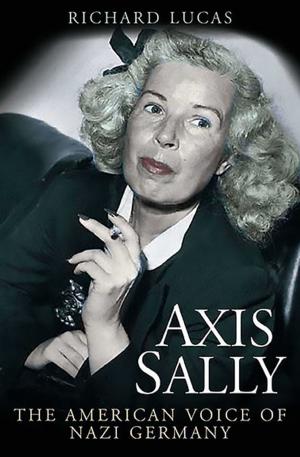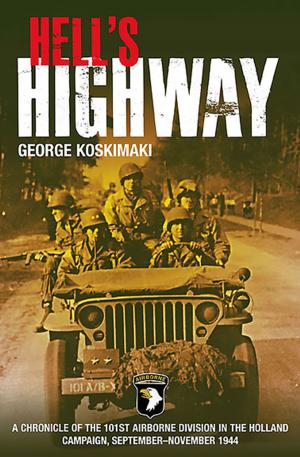Shanghai 1937
Stalingrad on the Yangtze
Nonfiction, History, Asian, China, Military, Other, World War II| Author: | Peter Harmsen | ISBN: | 9781504025096 |
| Publisher: | Casemate Publishers | Publication: | October 20, 2015 |
| Imprint: | Casemate Publishers | Language: | English |
| Author: | Peter Harmsen |
| ISBN: | 9781504025096 |
| Publisher: | Casemate Publishers |
| Publication: | October 20, 2015 |
| Imprint: | Casemate Publishers |
| Language: | English |
The New York Times bestseller that inspired the documentary Shanghai 1937: Where World War II Began on Public Television.
At its height, the Battle of Shanghai involved nearly a million Chinese and Japanese soldiers while sucking in three million civilians as unwilling spectators—and often victims. It turned what had been a Japanese imperialist adventure in China into a general war between the two oldest and proudest civilizations of the Far East. Ultimately, it led to Pearl Harbor and to seven decades of tumultuous history in Asia. The Battle of Shanghai was a pivotal event that helped define and shape the modern world.
In its sheer scale, the struggle for China’s largest city was a sinister forewarning of what was in store only a few years later in theaters around the world. It demonstrated how technology had given rise to new forms of warfare and had made old forms even more lethal. Amphibious landings, tank assaults, aerial dogfights, and—most important—urban combat all happened in Shanghai in 1937. It was a dress rehearsal for World War II—or, perhaps more correctly, it was the inaugural act in the war, the first major battle in the global conflict.
Actors from a variety of nations were present in Shanghai during the three fateful autumn months when the battle raged. The rich cast included China’s ascetic Generalissimo Chiang Kai-shek and his Japanese adversary, General Matsui Iwane, who wanted Asia to rise from disunity, but ultimately pushed the continent toward its deadliest conflict ever. Claire Chennault, later of “Flying Tiger” fame, was among the figures emerging in the course of the campaign, as was First Lady Eleanor Roosevelt. In an ironic twist, Alexander von Falkenhausen, a stern German veteran of the Great War, abandoned his role as a mere advisor to the Chinese army and led it into battle against the Japanese invaders.
Shanghai 1937 fills a gaping chasm in our understanding of the War of Resistance and the Second World War.
The New York Times bestseller that inspired the documentary Shanghai 1937: Where World War II Began on Public Television.
At its height, the Battle of Shanghai involved nearly a million Chinese and Japanese soldiers while sucking in three million civilians as unwilling spectators—and often victims. It turned what had been a Japanese imperialist adventure in China into a general war between the two oldest and proudest civilizations of the Far East. Ultimately, it led to Pearl Harbor and to seven decades of tumultuous history in Asia. The Battle of Shanghai was a pivotal event that helped define and shape the modern world.
In its sheer scale, the struggle for China’s largest city was a sinister forewarning of what was in store only a few years later in theaters around the world. It demonstrated how technology had given rise to new forms of warfare and had made old forms even more lethal. Amphibious landings, tank assaults, aerial dogfights, and—most important—urban combat all happened in Shanghai in 1937. It was a dress rehearsal for World War II—or, perhaps more correctly, it was the inaugural act in the war, the first major battle in the global conflict.
Actors from a variety of nations were present in Shanghai during the three fateful autumn months when the battle raged. The rich cast included China’s ascetic Generalissimo Chiang Kai-shek and his Japanese adversary, General Matsui Iwane, who wanted Asia to rise from disunity, but ultimately pushed the continent toward its deadliest conflict ever. Claire Chennault, later of “Flying Tiger” fame, was among the figures emerging in the course of the campaign, as was First Lady Eleanor Roosevelt. In an ironic twist, Alexander von Falkenhausen, a stern German veteran of the Great War, abandoned his role as a mere advisor to the Chinese army and led it into battle against the Japanese invaders.
Shanghai 1937 fills a gaping chasm in our understanding of the War of Resistance and the Second World War.
